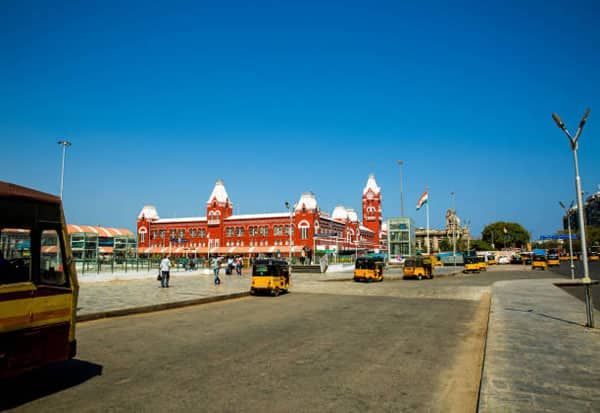/
செய்திகள்
/
Kalvimalar
/
News
/
Winter Pollution in Chennai: Stable PM2.5 Levels but Rising Localised Pollution
/
Winter Pollution in Chennai: Stable PM2.5 Levels but Rising Localised Pollution
Winter Pollution in Chennai: Stable PM2.5 Levels but Rising Localised Pollution
Winter Pollution in Chennai: Stable PM2.5 Levels but Rising Localised Pollution
UPDATED : மார் 18, 2025 12:00 AM
ADDED : மார் 18, 2025 07:53 PM

Chennai: Chennai's winter air quality has remained largely stable over the past few years, with the city's seasonal average PM2.5 concentration recorded at 36 µg/m³ for the period between October 1, 2024, and January 31, 2025.
A recent analysis by the Urban Lab at the Centre for Science and Environment (CSE) revealed that this figure was just 1.2 per cent higher than the average of the past three winters.
While the overall pollution levels showed stability, individual monitoring stations recorded notable fluctuations. The highest daily PM2.5 level of the season was observed on October 31, 2024, at 119 µg/m³, reflecting a 19 per cent decline compared to past winter peaks.
However, Velachery registered the highest single-day PM2.5 level at 193 µg/m³ on January 7, 2025.
Despite the relatively low seasonal average, monitoring stations recorded significant spikes, with PM2.5 levels surging 3-40 per cent above annual averages. Arumbakkam, Royapuram, and Perungudi saw the sharpest increases of over 35 per cent.
Alandur reported the highest number of poor air quality days, with 14 days classified as 'poor' or 'very poor' under the Air Quality Index (AQI), followed by Velachery with seven such days.
The study also highlighted an alarming rise in nitrogen dioxide (NO2) levels, particularly in November and December. Manali witnessed the steepest surge, with NO2 concentrations increasing 3.8 times from October to December, while Alandur recorded a twofold increase. The highest NO2 average concentration was registered in Alandur at 24 µg/m³ in November and 23 µg/m³ in December.
The study, which analysed data from eight Continuous Ambient Air Quality Monitoring Stations (CAAQMS) across Chennai, attributed the winter pollution spikes to stagnant atmospheric conditions, reduced dispersion, and rising vehicular emissions.
The findings underscore the need for targeted mitigation strategies to address localised pollution hotspots and combat multi-pollutant challenges.
Among the city's pollution hotspots, Alandur and Manali recorded the highest winter PM2.5 averages at 47 µg/m³, followed by Arumbakkam and Perungudi at 42 µg/m³. In contrast, Kodungaiyur emerged as the least polluted area, with an average of 14 µg/m³.
Velachery recorded the sharpest rise in PM2.5 levels, surging by 37 per cent compared to the previous winter, while Kodungaiyur showed the most improvement, with a 29 per cent reduction.
Experts emphasised the urgent need for sustained air quality management efforts, with a focus on controlling vehicular emissions and industrial pollution to mitigate the impact of seasonal pollution surges.


